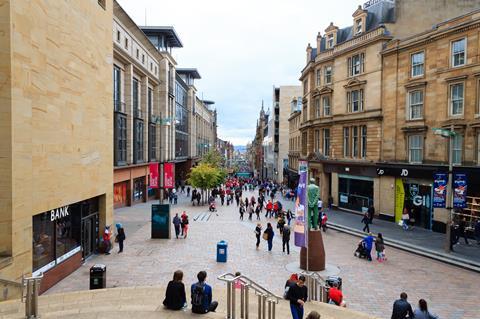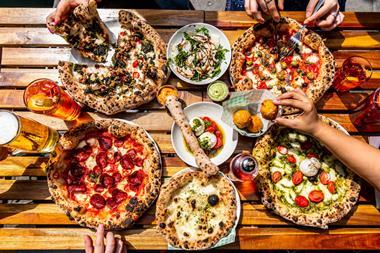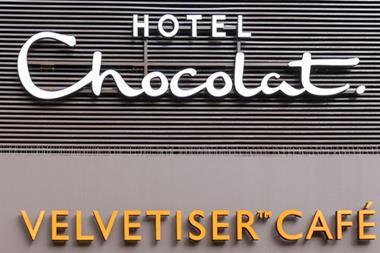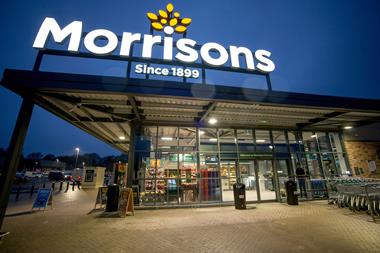
Out of town retail and leisure centres can have a significant negative impact on local high streets, according to a House of Lords report.
High streets should get better public transport links to compete with the convenience of parking at out-of-town developments, and should “look beyond retail to reverse decline”, according to the Built Environment Committee.
The recommendation is among a number made to government in the committee’s report published today, called ‘High Streets: Life beyond retail?’.
High streets can be boosted by restaurants and leisure activities, as well as libraries, health centres and local government buildings according to the report. It recommends the government introduce a ‘town centre first’ policy to ensure more public services are opened.
Better lighting to make high streets feel safer and more nearby green space would encourage young people to visit, while local markets can also boost footfall and should be supported, according to the committee.
The report criticises the previous government’s plans to revive high streets as poorly co-ordinated and says the current administration should recognise that local authority bidding for central funding has become expensive and wasteful.
It calls for each local authority to have a town centre manager, to support redevelopment and share experiences and best practice.
The committee has also given its support to the government’s planned business rates reforms, which got their second reading in a bill in Parliament on Monday. The Non-Domestic Rating (Multipliers and Private Schools) Bill 2024-25 paves the way for a higher rate of tax to be introduced for larger properties from 2026 to pay for a discount for smaller properties in retail, hospitality & leisure.
“Local high streets are places where generations have shopped, socialised and worked,” said Built Environment Committee chairman Lord Moylan.
“Many of them are in decline and to reverse this they need to look beyond being simply a destination for shoppers.
“Retail will always be important, but people want to see a variety of businesses and other services such as NHS diagnostic centres and libraries on their high street. And they can’t be successful if there isn’t a convenient way, both by public transport and by car, to get to them.
“Delivering a successful and sustainable high street often involves a local leader, who can be from the local community, authority or business. This leader very often motivates teams from the public and private sector to use their imagination to breathe new life into their high street.
“Decision-makers shouldn’t be afraid of trying new things. However, they should be mindful of the quality of what is delivered, as only well designed and built spaces will have any chance of standing the test of time.”



















No comments yet